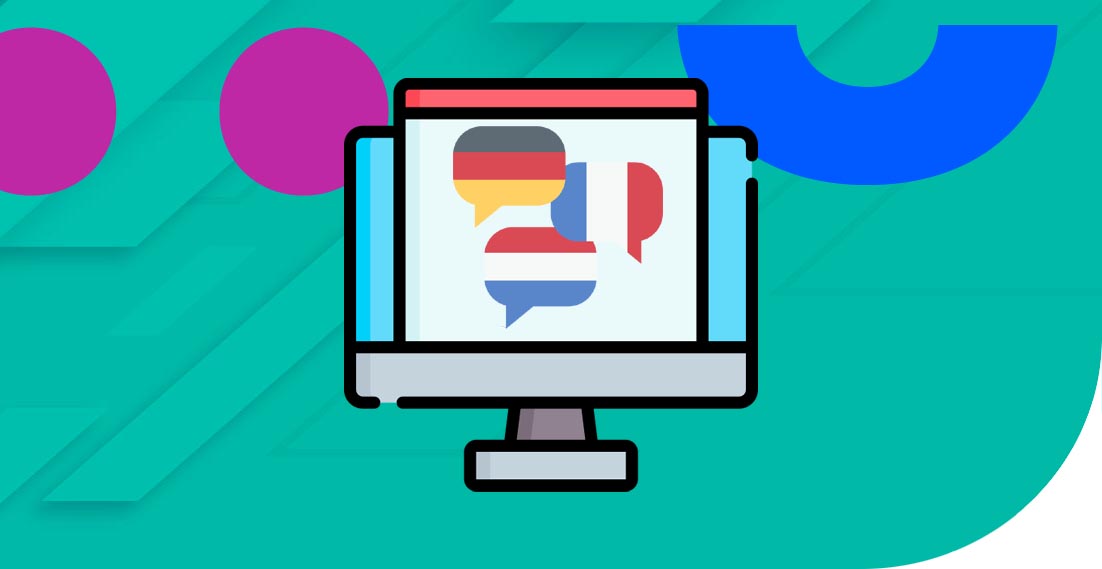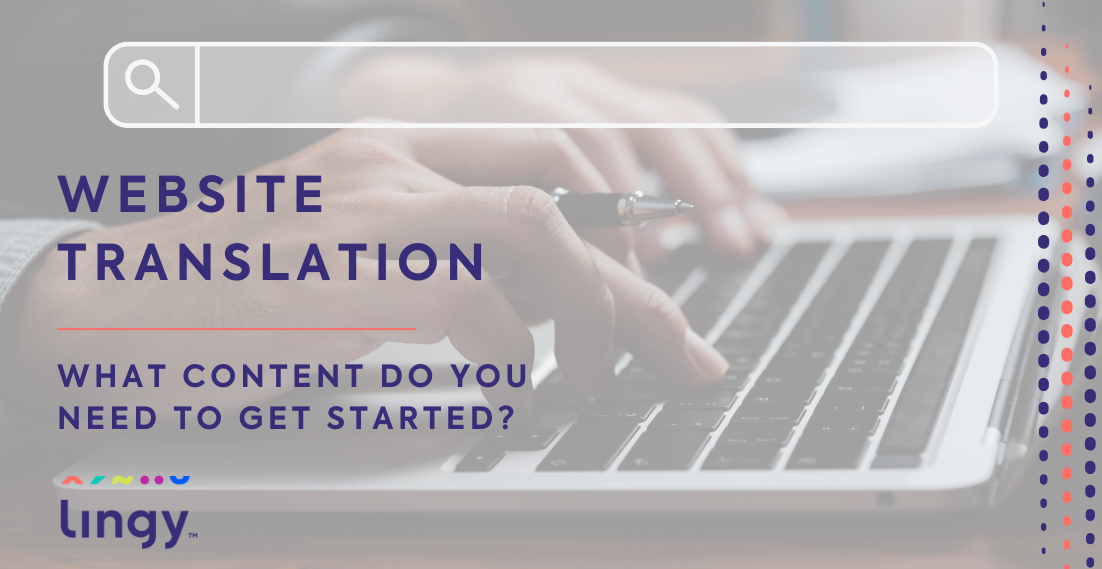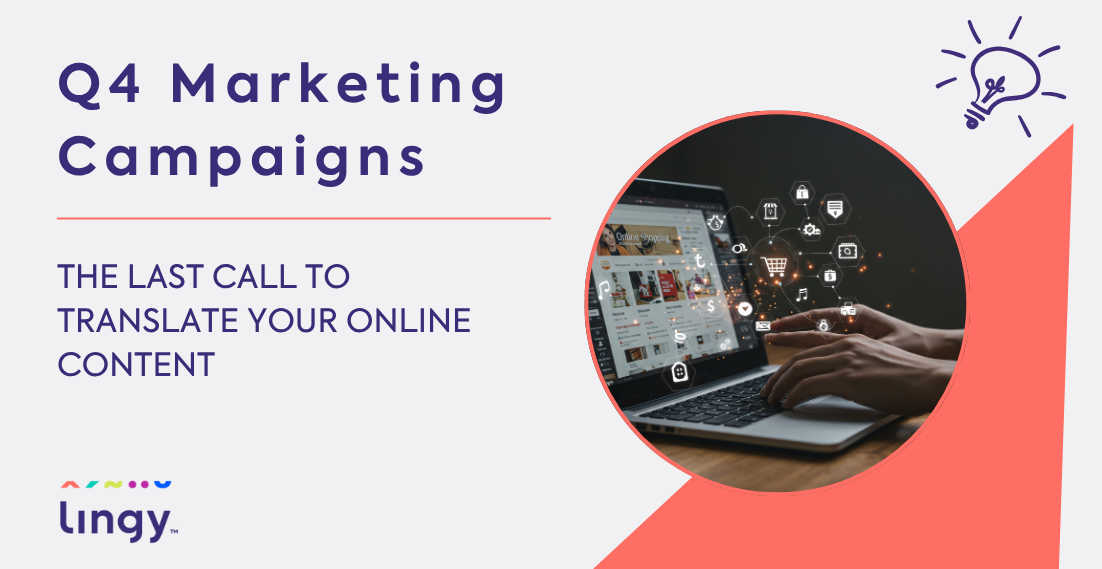5 More Tips on Making Your Website Multilingual

Creating a good multilingual website is not just about translating your content into different languages, there are other elements that make a good multilingual website. In the previous blogpost, we talked about 6 tips on how to make your website multilingual and WordPress plugins for your multilingual website. Making your website multilingual can help you with your overseas expansion drastically. It can increase brand awareness, improve search engine optimisation (SEO) and so much more! Making your website multilingual is often easier than you think and we will share 5 more tips on it so that you can do it yourself too! If you haven’t read our previous blogpost on this topic then you should go and check them out first!
Translation for your multilingual website
Text expansion
Translating between different languages always causes some sort of text expansion/ contraction. It means that the translated sentences take up more/ less space than what it was translated from. Because some languages are more concise than other languages which can take up less or more space than English most of the time.
There are also other factors that would change the text length such as different text types and writing styles. Assuming that you are using a global template, the layout and design should be the same for different language versions. When implementing a new version in a different language, this might cause different problems for web developers and graphic designers.
It is not just the length of the text that would cause problems for us, it is also the size of the characters. For example, Chinese and Japanese characters will take up more horizontal space than Latin characters and they will also need buffers between characters in order for the audience to read the text easily. The opposite applies to the languages that have smaller sized characters, spaces between characters might appear to be too big without proper buffers.
Culturally appropriate colours, images and icons
Different colours have different meanings in other cultures. For example, yellow is usually a very energetic and happy colour in English speaking countries, but it brings elements of jealousy, betrayal, and weakness in France. This effect can also be more problematic in counties that have bigger cultural differences.
It is easy to just use the same images in other language versions of your website, but the lack of inclusion can cause hesitation for overseas customers when trying to purchase your products. A lot of brands has started using images with models who are more appropriate to the local ethnicity instead of choosing caucasian men or women on their website.
Icons such as the language switcher button can also cause problems in foreign markets. Instead of using a global icon that only features a few regions, you can use a global icon that doesn’t display any region in order for your overseas customers to feel more comfortable and included when they are visiting your website. You might also want to exclude flags in the language switching menu. An example would be displaying a Taiwanese flag for traditional Chinese which may offend customers from China and they might even go as far as boycotting your brand.
It is important to note that there is a fine line between cultural appropriation and appreciation. You might want to be inclusive to include elements of the local culture on your multilingual website but it might cause offence if not handled carefully. Using focus groups for opinions is a good option if you have the time and budget to spare, if not then a native speaker or members of the local team can be used to determine if the website is culturally appropriate for the given market.
Right to left languages
Some languages such as aerobic and Hebrew are RTL (right to left) languages. There is more work to do than just translating the contents. You will have to reverse most of the UI so that it will be appropriate for an RTL language. This can involve a large number of elements such as images, audio, video and translated text which is not a simple mirroring task for most cases. All the buttons, arrows, navigation bars etc. will have to be relocated or even redesigned in some cases. Planning out the architecture of the projects beforehand can be extremely difficult in this case. All parties involved in the project will have to work closely together to come up with an appropriate web layout in order to accommodate the RLT languages webpages. There are plugins for multilingual websites that can make this task easier but you will still have to check and make adjustments afterwards for the best results.
SEO for multilingual website
When doing keyword research for overseas markets, it is important to know that Google may not be the most popular search engine in those regions. This is especially true in China when Google only accounts for less than 2.5% of the total searches. Yahoo is also the most popular search engine in a number of countries in which you will have to research which search engine is the most popular in your target market before conducting keywords research. Using the wrong search engine for your keyword research can lead to ineffective SEO and it not only wastes time and money but also can hide your brand from your overseas customers if it is not corrected.
Seek help from a multilingual content expert
A multilingual content expert can help you to determine what is culturally appropriate, accommodate for text expansion, give advice on RTL languages, multilingual website SEO and so much more! A professional translation company like us will have native speakers who are familiar with the local culture and any localisation scenarios to help you to set up your multilingual website effortlessly and avoid any sticky situations for your international expansion! Proofreading services are also available to ensure that your multilingual website is as culturally appropriate as possible and contains no mistranslations.
Proofreading services to make your content flawless
Website translation – what content do you need to get started?
Let’s see how to approach website translation strategically and decide which content is essential at the start.
Christmas Sale and Google Ads Campaign – How Marketing Translation Boosts Your Holiday Advertising
The Christmas season is a peak period for every marketing team and marketer. From e-commerce stores to service providers, everyone competes for the attention of shoppers ready to spend. A well-planned Google Ads campaign can make or break your holiday sales. But even the most creative advertising copy will fall flat if your message isn’t […]
Q4 Marketing Campaigns – The Last Call to Translate Your Online Content
In the last quarter of the year, many companies – especially in e-commerce – record their highest sales figures. Christmas shopping, clearance events, and Black Friday promotions encourage purchases not only because of discounted prices but also, due to powerful marketing campaigns that spark consumer excitement.
Tips for Managing your Multilingual Instagram account correctly
Instagram Marketing Strategy in a Globalized World Today, Instagram is the most popular social media platform that exists. People of all ages and backgrounds are trying to optimize their usage of it, from everyday users aspiring to be influencers to brands exploring the enormous range of opportunities Instagram offers in social media marketing. Instagram is […]



